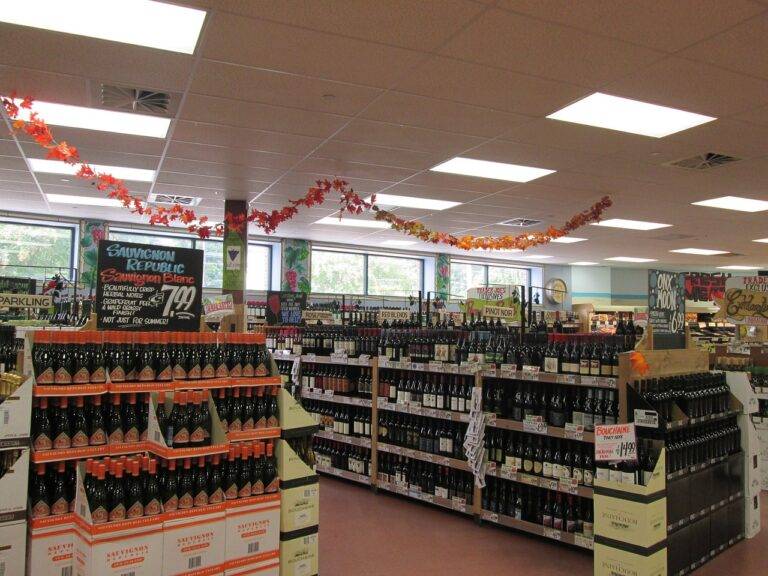Innovations in Greenhouse Farming: Laserbook 247 com, Lotus299 id, 11xplay reddy login
laserbook 247 com, lotus299 id, 11xplay reddy login: Innovations in Greenhouse Farming
The world of agriculture is constantly evolving, with new technologies and methods being developed to increase efficiency and sustainability. Greenhouse farming is a prime example of this, as farmers look for ways to grow crops in a controlled environment that minimizes waste and maximizes yield. In this article, we’ll explore some of the latest innovations in greenhouse farming that are revolutionizing the industry.
Maximizing Space with Vertical Farming
One of the key challenges in greenhouse farming is maximizing the use of limited space. Vertical farming is a solution that involves stacking crops on top of each other to make the most of the available area. By utilizing vertical space, farmers can significantly increase their yield per square foot, making their operations more efficient and profitable.
Automating Systems with AI and Robotics
Automation is another game-changer in greenhouse farming, as AI and robotics are being used to monitor and control various aspects of the growing process. Sensors can collect data on temperature, humidity, and light levels, allowing growers to make adjustments in real-time to optimize conditions for their crops. Robots can also perform tasks such as planting, watering, and harvesting, reducing the need for manual labor and streamlining operations.
Harnessing the Power of Renewable Energy
Greenhouse farming requires a significant amount of energy to maintain the ideal growing conditions for plants. To reduce their carbon footprint, many farmers are turning to renewable energy sources such as solar panels and wind turbines. By generating their own electricity, growers can not only lower their operating costs but also become more environmentally friendly.
Using Sustainable Water Management Techniques
Water is a precious resource in agriculture, and greenhouse farmers are increasingly turning to sustainable water management techniques to conserve this vital resource. Drip irrigation systems, for example, deliver water directly to the roots of plants, reducing waste and improving efficiency. Recycling and treating water runoff can also help minimize water usage and prevent contamination of the surrounding environment.
Implementing Controlled Environment Agriculture
Controlled Environment Agriculture (CEA) is a method of growing crops in an enclosed environment where conditions such as temperature, humidity, and light can be precisely controlled. This allows farmers to create the ideal conditions for their plants to thrive, resulting in higher yields and better quality produce. Greenhouses equipped with CEA technology are becoming increasingly popular, especially in regions with extreme weather conditions or limited arable land.
Enhancing Crop Resilience with Biotechnology
Biotechnology is revolutionizing agriculture by developing genetically modified crops that are more resilient to pests, diseases, and environmental stressors. In greenhouse farming, this technology can help growers produce healthier and more productive plants while reducing the need for chemical pesticides and fertilizers. By harnessing the power of biotechnology, farmers can improve crop yields, reduce waste, and contribute to a more sustainable food system.
FAQs
Q: How do vertical farming systems work?
A: Vertical farming systems involve stacking crops on top of each other in a vertical structure, such as a tower or shelf. This allows growers to make the most of limited space and increase their yield per square foot. Plants are typically grown in a soilless medium and receive water, nutrients, and light from automated systems.
Q: What are the benefits of using AI and robotics in greenhouse farming?
A: AI and robotics can help greenhouse farmers monitor and control growing conditions more effectively, reducing the need for manual labor and increasing efficiency. By automating tasks such as planting, watering, and harvesting, growers can save time and resources while improving the overall quality of their produce.
Q: How can renewable energy sources benefit greenhouse farming?
A: Renewable energy sources such as solar panels and wind turbines can help greenhouse farmers reduce their carbon footprint and lower their operating costs. By generating their own electricity, growers can become more self-sufficient and environmentally friendly, while also contributing to a more sustainable food system.
Q: What is Controlled Environment Agriculture, and how does it differ from traditional greenhouse farming?
A: Controlled Environment Agriculture (CEA) involves growing crops in an enclosed environment where conditions such as temperature, humidity, and light can be precisely controlled. This allows farmers to create the ideal growing conditions for their plants, resulting in higher yields and better quality produce compared to traditional greenhouse farming.
Q: How can biotechnology help greenhouse farmers increase crop resilience?
A: Biotechnology can help greenhouse farmers develop genetically modified crops that are more resilient to pests, diseases, and environmental stressors. These crops are healthier and more productive, reducing the need for chemical pesticides and fertilizers while improving overall crop yields.
In conclusion, innovations in greenhouse farming are transforming the way we grow and produce food. By embracing new technologies and sustainable practices, farmers can increase efficiency, reduce waste, and contribute to a healthier and more sustainable food system. As the demand for fresh and local produce continues to grow, greenhouse farming will play a crucial role in meeting these needs while protecting the environment for future generations.







